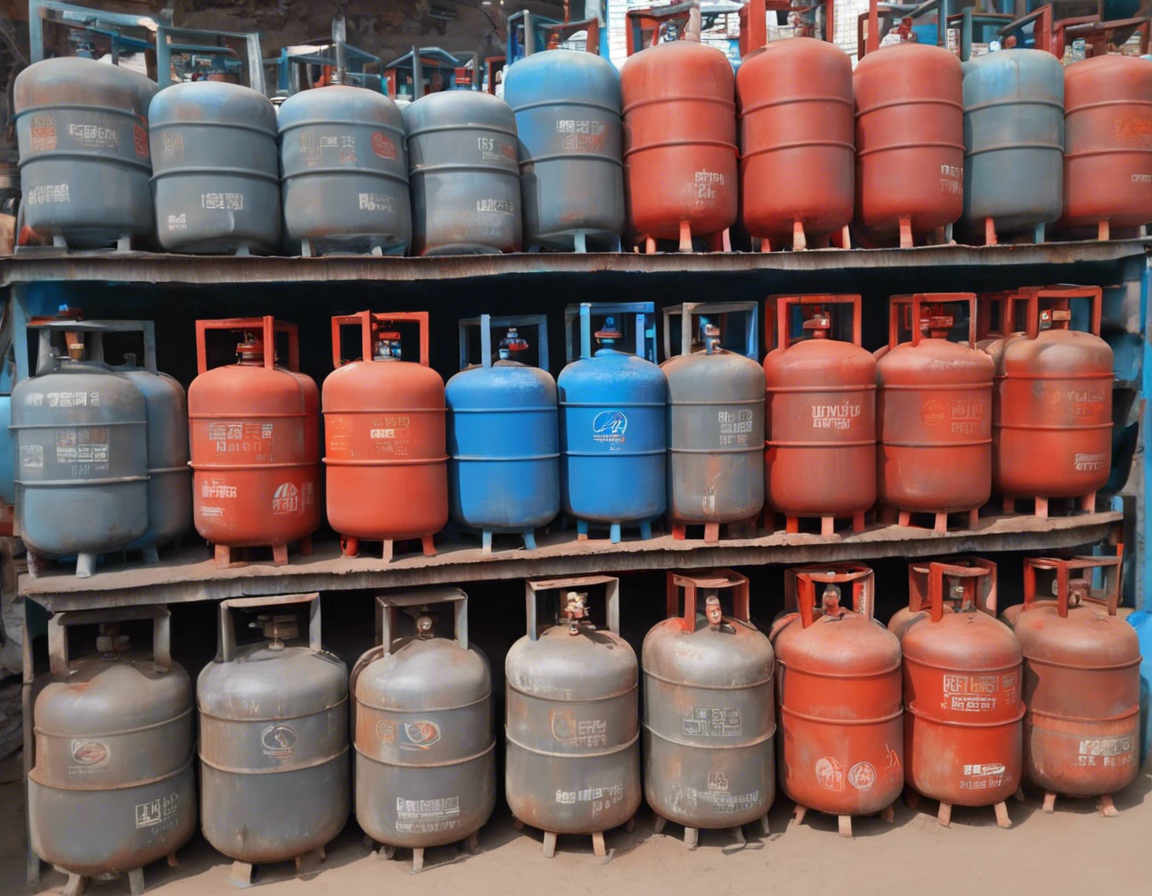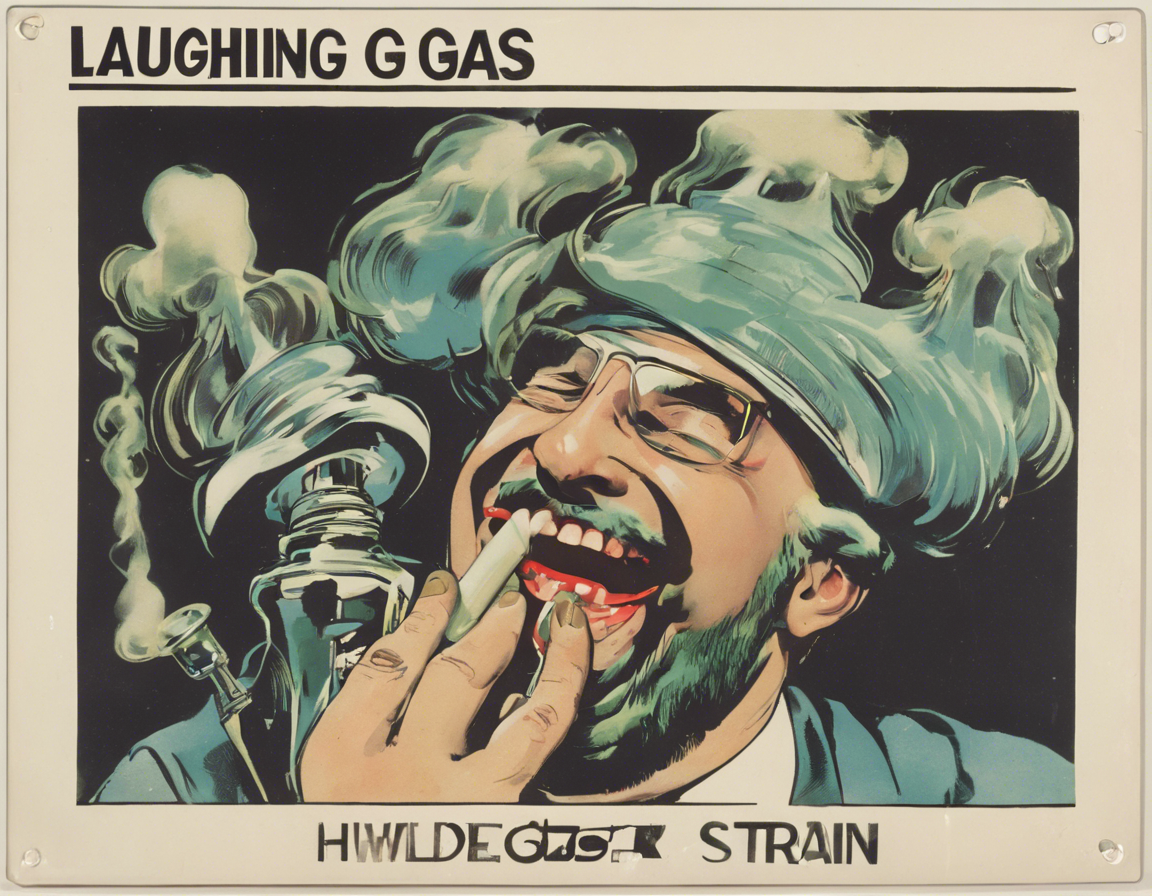Introduction
The price fluctuations of LPG gas cylinders have become an important topic of discussion globally. LPG, or Liquified Petroleum Gas, is a versatile and convenient energy source used for cooking, heating, and powering vehicles. The cost of LPG cylinders can fluctuate due to various factors such as international market trends, government subsidies, taxation policies, and supply chain dynamics. In this article, we will delve into the reasons behind the fluctuations in LPG gas cylinder prices and how they impact consumers and the industry as a whole.
Factors Influencing LPG Gas Cylinder Prices
1. International Market Trends
One of the primary factors affecting LPG gas cylinder prices is the international market trends. LPG is traded globally, and its prices are influenced by supply and demand dynamics, geopolitical factors, and global economic conditions. For example, if there is a disruption in LPG production or distribution in major exporting countries, it can lead to a spike in prices worldwide.
2. Government Subsidies and Regulations
Government subsidies play a significant role in determining the final price of LPG gas cylinders for consumers. Many governments provide subsidies to make LPG affordable for households, especially in developing countries. Changes in subsidy policies can directly impact the retail prices of LPG cylinders, leading to fluctuations in prices.
3. Taxation Policies
Taxation policies imposed by governments can also impact LPG gas cylinder prices. Taxes such as VAT (Value Added Tax), excise duty, and customs duty can add to the cost of LPG cylinders for consumers. Changes in tax rates or the introduction of new taxes can result in price fluctuations in the LPG market.
4. Exchange Rates
Exchange rates play a crucial role in determining the import cost of LPG in countries that rely on imported LPG. Fluctuations in exchange rates can directly impact the landed cost of LPG, which in turn affects the retail prices of LPG gas cylinders. Countries with volatile currencies are more susceptible to price fluctuations due to exchange rate variations.
5. Supply Chain Dynamics
Supply chain dynamics such as transportation costs, storage costs, and distribution networks can also influence LPG gas cylinder prices. Factors like fuel prices, logistics efficiency, and storage capacity can impact the overall cost of LPG cylinders. Any disruptions in the supply chain can lead to price fluctuations in the LPG market.
Impact of LPG Gas Cylinder Price Fluctuations
1. Consumer Affordability
Price fluctuations in LPG gas cylinders can directly impact consumer affordability. Households that rely on LPG for cooking and heating may face challenges in budgeting for energy expenses when prices are volatile. High LPG prices can disproportionately affect low-income households, leading to energy insecurity and financial stress.
2. Inflationary Pressures
LPG gas cylinder price fluctuations can contribute to inflationary pressures in the economy. Energy costs are a significant component of the consumer price index, and fluctuations in LPG prices can have a ripple effect on overall inflation rates. High energy prices can drive up production costs for businesses, leading to higher prices for goods and services.
3. Government Budget
For governments that provide LPG subsidies, price fluctuations in LPG gas cylinders can impact the budget allocation for energy subsidies. Sudden spikes in international LPG prices can strain government finances, leading to policy challenges in maintaining affordability for consumers while ensuring fiscal sustainability.
4. Energy Policy
LPG gas cylinder price fluctuations can influence energy policy decisions at the national level. Governments may revise subsidy policies, taxation schemes, and import regulations in response to price volatility in the LPG market. Sustainable energy policies aimed at promoting energy efficiency and renewable energy sources may gain prominence during periods of high LPG prices.
5. Industry Competitiveness
For LPG industry players, price fluctuations in LPG gas cylinders can impact business profitability and competitiveness. Companies involved in LPG production, distribution, and retailing need to adapt to changing market conditions to remain competitive. Price volatility can affect investment decisions, supply chain management, and strategic planning in the LPG industry.
Strategies for Managing LPG Gas Cylinder Price Fluctuations
1. Diversification of Energy Sources
Households and businesses can manage LPG price fluctuations by diversifying their energy sources. Combining LPG with renewable energy options such as solar power or biogas can provide energy security and reduce dependency on LPG alone. Diversification can also help in hedging against price risks in the energy market.
2. Energy Efficiency Measures
Investing in energy-efficient appliances and practices can help in reducing energy consumption and lowering energy costs. Energy-efficient cooking stoves, insulation materials, and smart energy management systems can enhance the usage efficiency of LPG cylinders, thereby mitigating the impact of price fluctuations on energy bills.
3. Long-Term Supply Contracts
For LPG suppliers and distributors, entering into long-term supply contracts can help in stabilizing prices and securing a consistent source of LPG. By establishing partnerships with reliable suppliers, companies can minimize price risks associated with short-term market fluctuations and ensure supply reliability for customers.
4. Monitoring Market Trends
Keeping track of international market trends, government policies, and exchange rate movements is essential for anticipating price fluctuations in the LPG market. Regular market analysis and forecasting can enable stakeholders to make informed decisions regarding pricing, inventory management, and business strategy in a dynamic energy market.
5. Consumer Education
Educating consumers about energy conservation practices, price trends, and energy subsidies can empower them to make informed choices regarding their energy usage. Awareness campaigns, energy-saving tips, and pricing transparency initiatives can help consumers manage energy costs effectively and navigate price fluctuations with confidence.
Conclusion
In conclusion, LPG gas cylinder price fluctuations are influenced by a myriad of factors ranging from international market trends to government policies and supply chain dynamics. Understanding the drivers of price volatility and adopting strategies to mitigate risks can help consumers, industry players, and governments navigate the challenges posed by fluctuating LPG prices. By embracing energy efficiency, diversification, market monitoring, and collaboration, stakeholders can build resilience against price fluctuations and promote sustainable energy practices in the LPG industry.
Frequently Asked Questions (FAQs)
1. Why do LPG gas cylinder prices fluctuate?
Answer: LPG gas cylinder prices fluctuate due to factors such as international market trends, government subsidies, taxation policies, exchange rates, and supply chain dynamics.
2. How can consumers manage LPG price fluctuations?
Answer: Consumers can manage LPG price fluctuations by diversifying energy sources, investing in energy-efficient appliances, monitoring market trends, and practicing energy conservation.
3. What can LPG industry players do to mitigate price risks?
Answer: LPG industry players can mitigate price risks by entering into long-term supply contracts, monitoring market trends, diversifying business operations, and promoting energy efficiency.
4. How do government policies impact LPG gas cylinder prices?
Answer: Government policies such as subsidies, taxation schemes, and import regulations can directly impact LPG gas cylinder prices by influencing the cost structure of the LPG market.
5. Are there any tools available for tracking LPG price fluctuations?
Answer: Various online platforms and apps provide real-time updates on LPG price fluctuations, market trends, and regulatory changes, enabling stakeholders to make informed decisions in the LPG industry.




